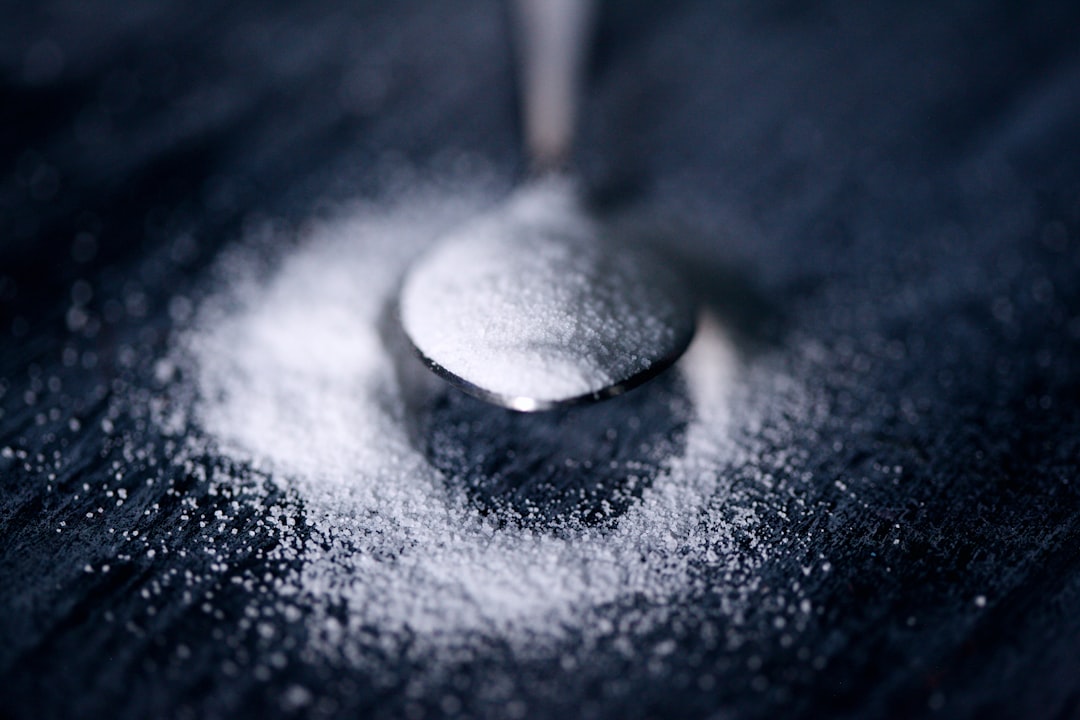What is it about?
The bone mass and structure undergo significant development during childhood and adolescence. Strengthening the bones during these formative years is crucial, particularly for preventing osteoporosis later in life. Our study indicates that participation in sports and exercise from childhood relates to higher bone mineral density in adolescence.
Featured Image

Photo by Adrià Crehuet Cano on Unsplash
Why is it important?
We monitored the physical activity, sedentary behaviour, screen time, sleep duration, bone mineral density, and muscle mass among elementary school children over an eight-year period. The bone mineral density in adolescence was notably higher in girls and boys who engaged more frequently in organised sports and exercise the entire eight-year period. In addition to promoting bone health, increased and consistent participation in organised sports and exercise was associated with higher muscle mass in adolescence. Additionally, although increasing moderate to vigorous physical activity brings several health benefits, our research suggests that it may not be sufficient to promote bone health.
Perspectives
This study brings an important addition to the literature. The 24-hour movement guidelines highlight the importance of moderate to vigorous physical activity in health promotion but largely omit bone-strengthening activities. Our study highlights that participating in weight-bearing sports and exercise could be one way to improve bone health in children and adolescents.
Dr. Eero Haapala
University of Jyväskylä
Read the Original
This page is a summary of: Cross-sectional and longitudinal associations between the 24-hour movement behaviours, including muscle and bone strengthening activity, with bone and lean mass from childhood to adolescence, BMC Public Health, January 2024, Springer Science + Business Media,
DOI: 10.1186/s12889-024-17711-x.
You can read the full text:
Contributors
The following have contributed to this page










